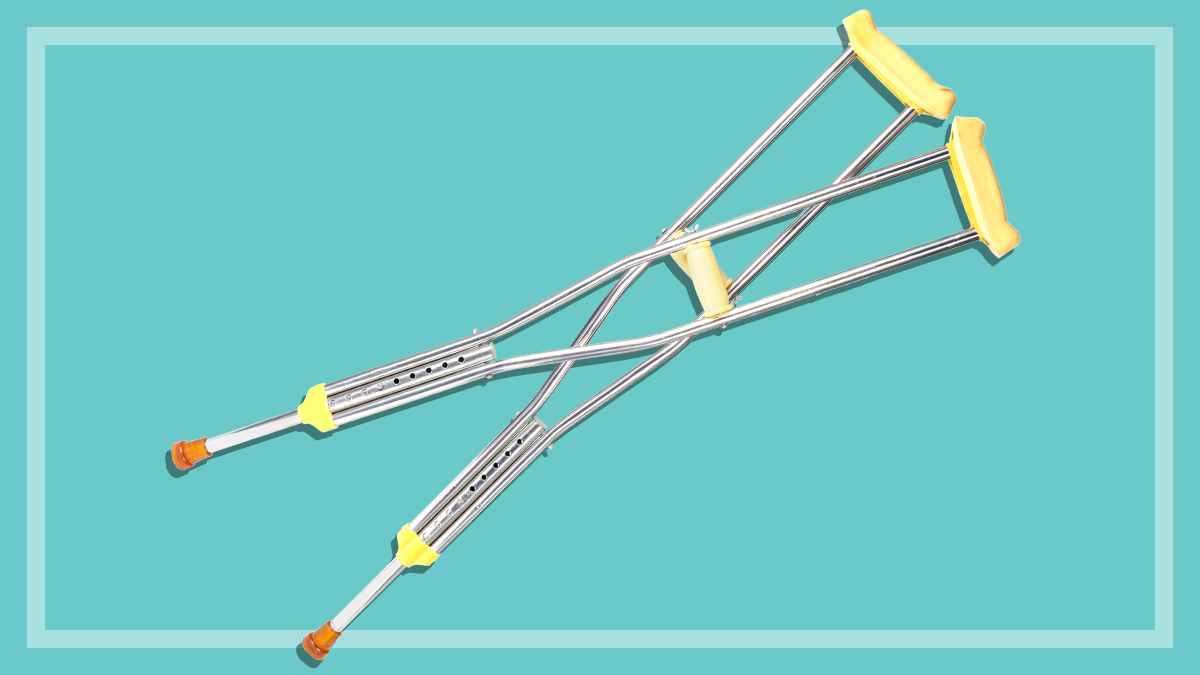Get our independent lab tests, expert reviews and honest advice.
Tips to save money on extras insurance

Extras cover is basically a collection of discount vouchers for various treatments, like $150 a year for optical treatment or 60% off your dental bill. This makes it the one insurance product where you can tell whether you’re getting your money’s worth.
On this page:
- Do you need extras cover?
- Look for combined limits
- Mind the gap: Out-of-pocket expenses
- Things to consider when choosing extras cover
But it doesn’t help that the insurers’ business model is to take more in premiums than people claim back in benefits. If you don’t want to lose money on extras, you have to choose your cover wisely.
Do you need extras cover?
Not really. There’s no tax incentive for getting it, like there is for hospital cover. On average, you can expect to still pay $58 out of your own pocket for the cost of your treatment or service when you make a claim on extras.
Last year alone, $6 billion worth of benefits were paid out, of which 85% was for four treatment categories: dental, optical, physiotherapy and chiropractic. By far the most popular claim is for dental, which accounts for over half of all payouts.
It’s possible to get value out of extras, but you have to make it work for you
It’s certainly possible to get value out of extras, but you have to make it work for you. The first thing you need to do before you even start comparing policies is to make a list of your expenses.
If you have bad eyesight, you know how much you spend on glasses or contact lenses in a year. You can estimate the cost of a couple of dental check-ups, and some physio if that’s something you need.
Add everything up. Make this number your premium limit.
If you choose a policy that costs more than what you’re already spending, you run the risk of getting nothing in return – but the ‘joy’ of dealing with an insurer.
Look for combined limits
The best place to find value from your dental cover is in the sublimits.
Dental is split into four subcategories:
- General (basics such as check-ups and cleaning)
- Major (complex fillings, tooth extractions etc.)
- Endodontic (root canal)
- Orthodontic (braces).
Sometimes insurers combine all or some of these categories under a single limit.
This can be useful, because you might not need root canal work done every year, so having a standalone endodontic limit sitting there unused year in, year out is just costing you.
But if you take the combined approach, your entire dental budget can be allocated to the general and major subcategories in most years – while still giving you the option of using that limit on endodontic treatment when needed.
Combined limits aren’t restricted to just dental care. Insurers use all sorts of combinations, and finding one that works for you can be a great way to have flexibility in your cover. But beware of policies that let you “save money” by “choosing just the treatments you need”, as these often have quite high premiums for the level of cover you end up getting.
Mind the gap: Out-of-pocket expenses
Health funds often advertise how much you can claim back each year for different services: $600 for dental, $300 for physio! Let’s say you spend $300 on physio a year. On the face of it, this looks like you’ll be able to claim back your whole bill, right?
What insurers don’t usually advertise are their individual item limits. Although you may be able to claim a lot in a year, you might only be able to claim $30 for a single visit to the physio. That means you’d have to go to the physio 10 times a year to claim all you’re entitled to. These limits also mean the amount you pay to cover the gap can be more than you thought.
These limits may be well below the average cost of the treatments, meaning you have to spend more in order to claim the full benefit
The same thing often happens in dental. Many policies have caps on the amount you can claim on individual items, such as oral exams, fluoride treatments, and tooth extractions. These limits may be well below the average cost of the treatments, meaning you have to spend more in order to claim the full benefit.
Percentage vs set dollar benefits
Other policies are more upfront about the gap. They offer a percentage refund on your individual bill, up to the annual limit. Compared with set dollar benefits, percentages can work in your favour if your dentist is pricier than others.
Things to consider when choosing extras cover
Do you need it?
Ask yourself: “How much can I expect to claim back with this policy?” If that number is lower than the premium, it’s not for you.
Separating extras from hospital
Taking out a combined hospital and extras policy may be the path of least resistance, but it may not save you money. There’s no reason not to have one fund for hospital and another for extras if it means you get a better deal.
Individual cover
Couples policies don’t make sense if each of you has different medical needs – there are no savings to be made, just the convenience of potentially having one insurer to deal with. Look for singles policies that suit you as individuals.
Waiting periods
You typically can’t claim anything in the first two months, and many policies restrict claims for major dental treatments for a year. You may not come out ahead if you’re just thinking of getting in, making a big claim, and getting out.
Restricted funds
If you qualify for membership of a restricted health fund, you may be able to get good cover at a low cost. Restricted funds are for people who’ve been employees in particular industries, for example, and their families. They’re worth checking out as you may be surprised by your eligibility.
Government rebate
The government’s private health insurance rebate does apply to extras, and can reduce your premiums.





